|
Photography Know-How
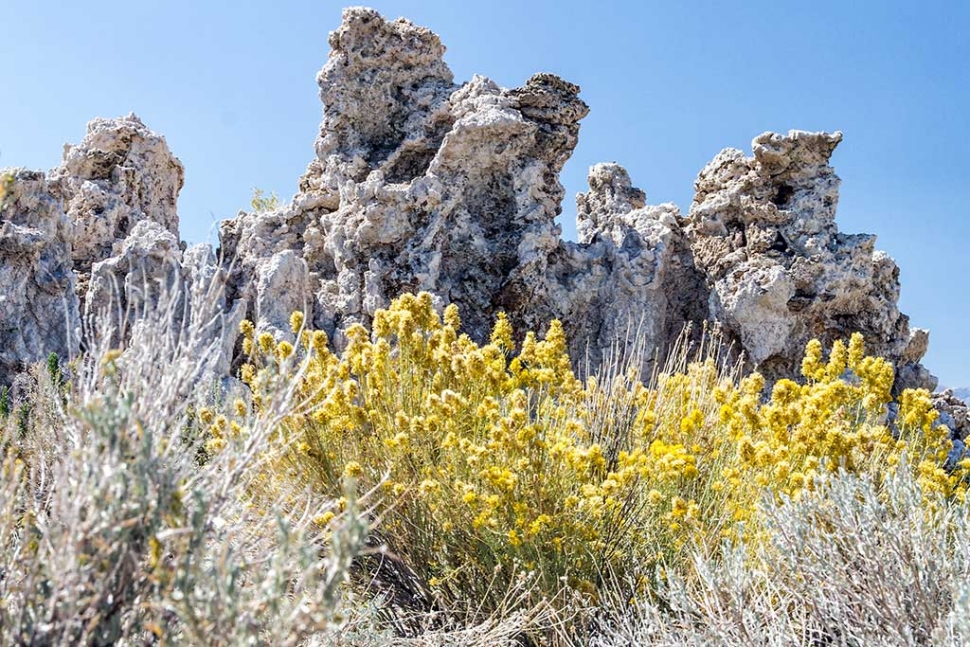 Photo of the Week by Bob Crum: "Along the shores of Mono Lake, wildflowers and tufa tower" Photo data: ISO 100, 35mm, f/11, 1/60 sec shutter speed. By Bob Crum — Wednesday, April 26th, 2017
A ghost town and tufas
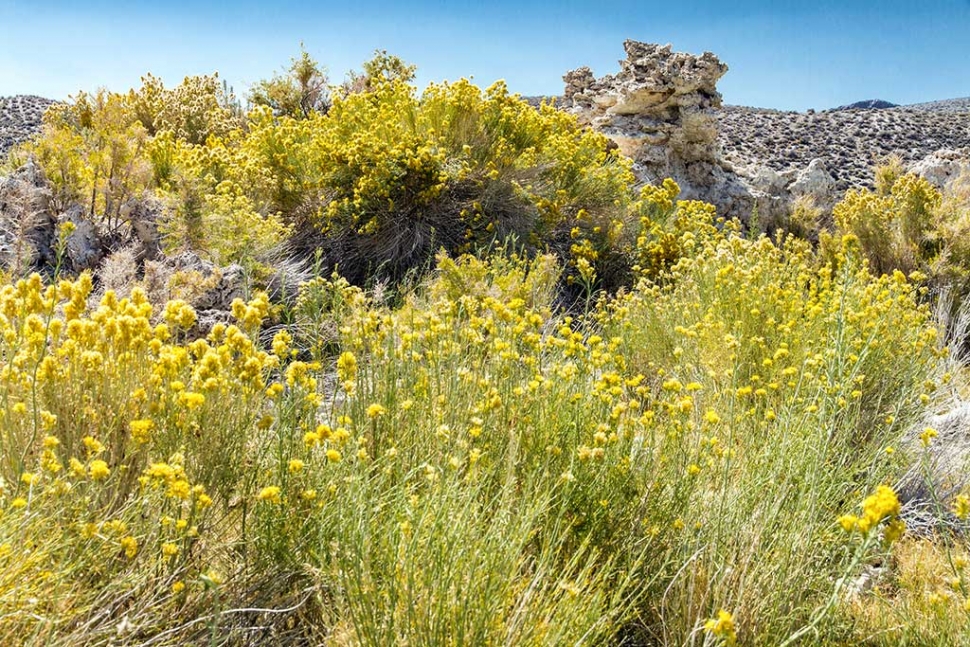 Photos by Bob Crum 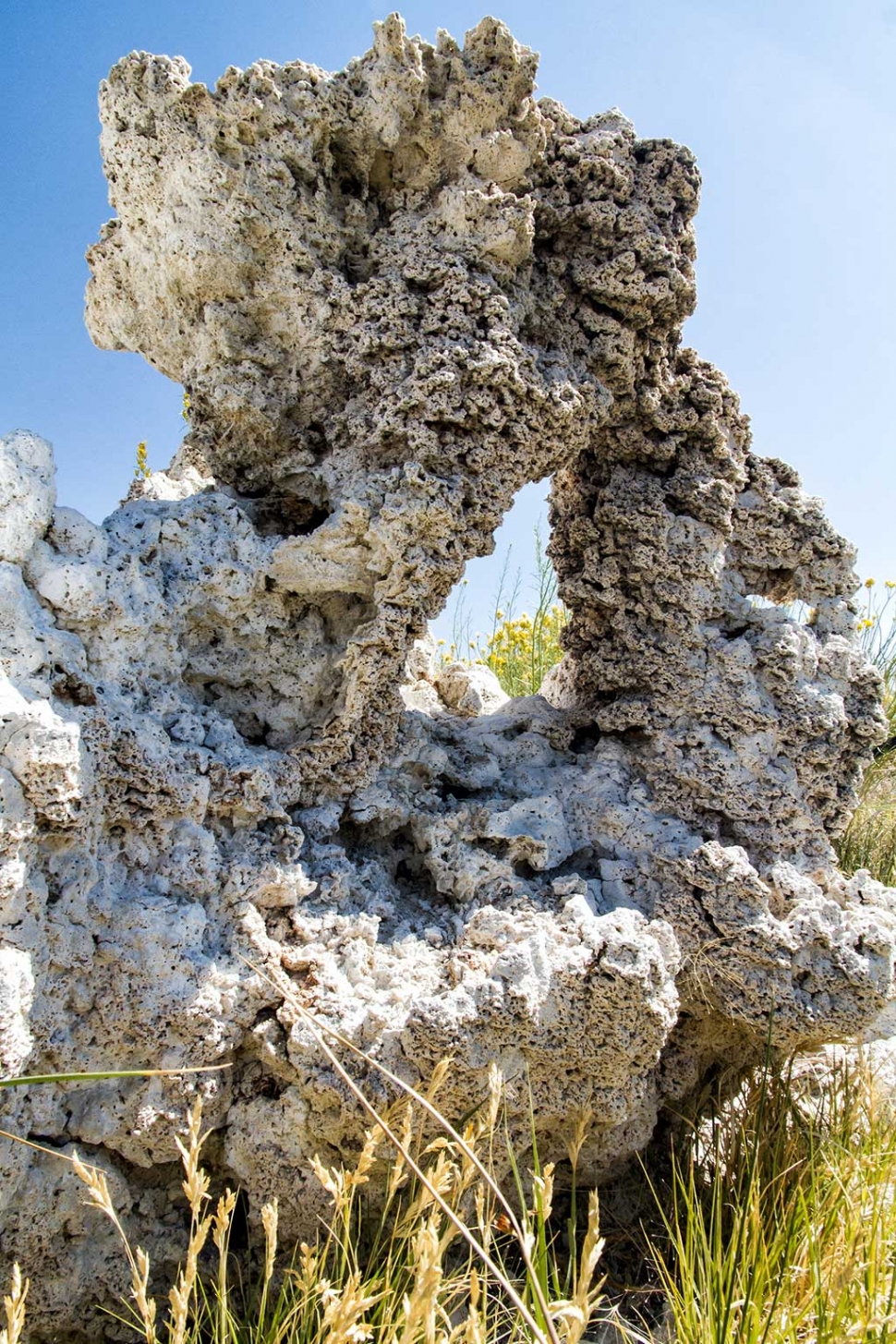 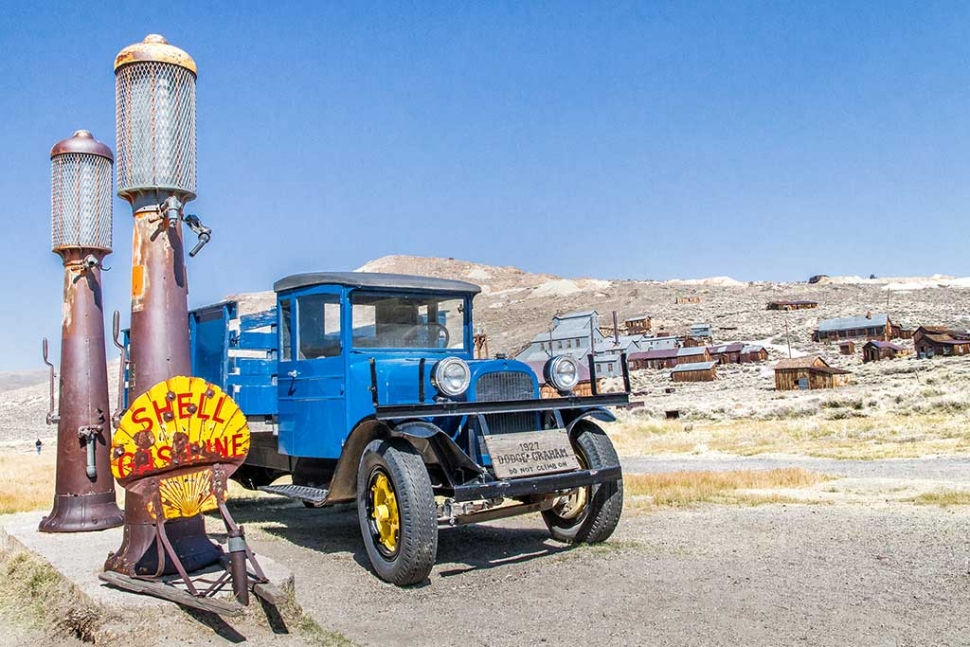 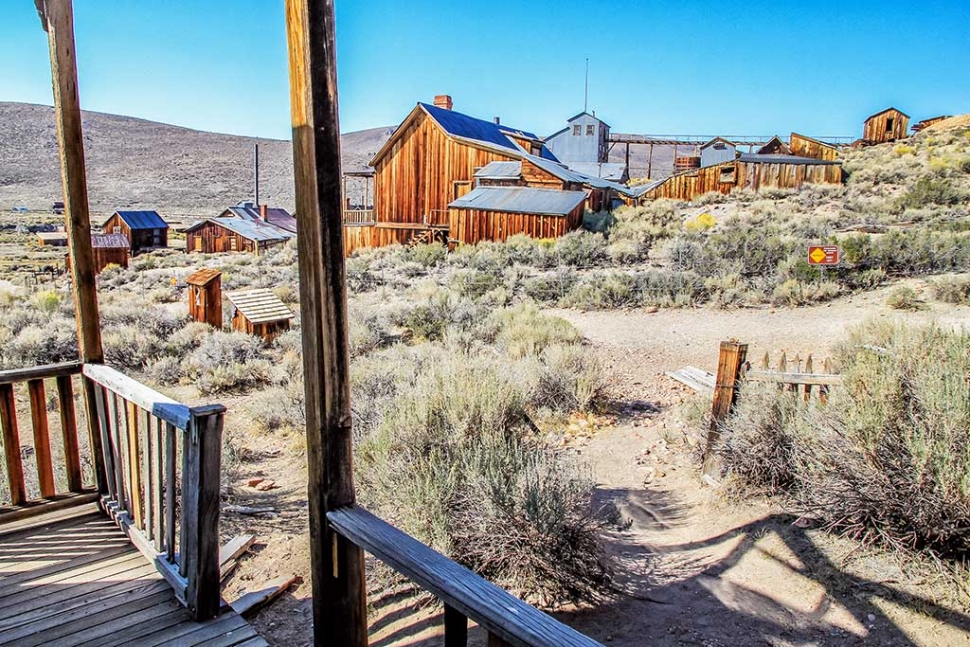 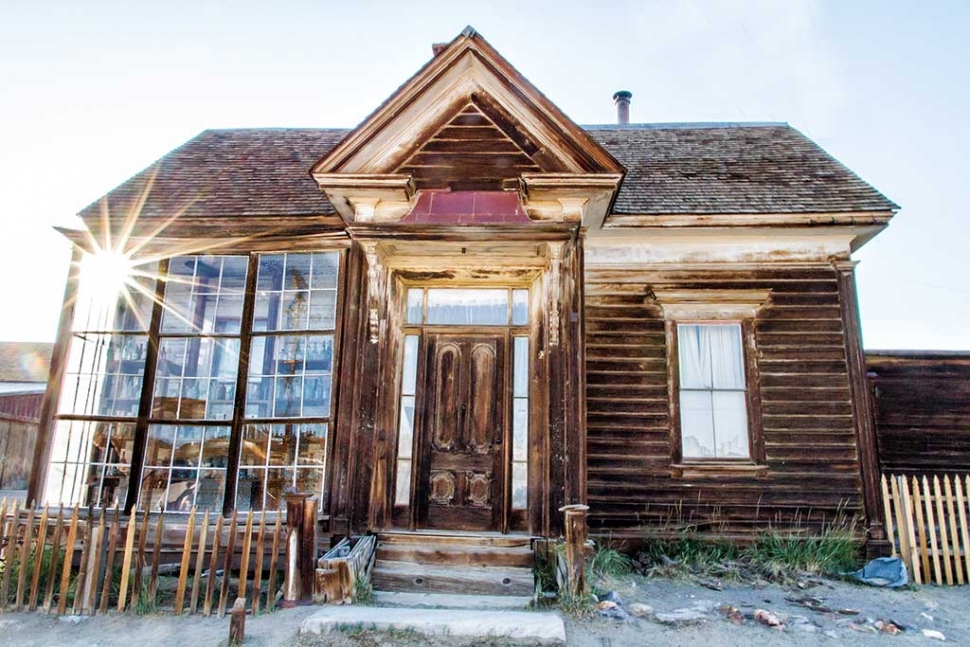 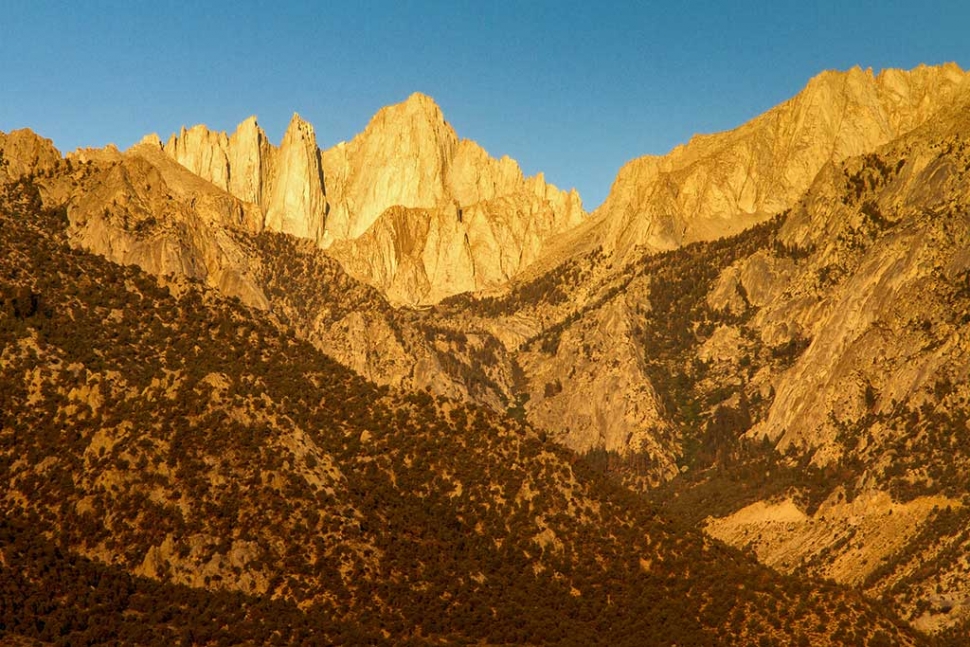 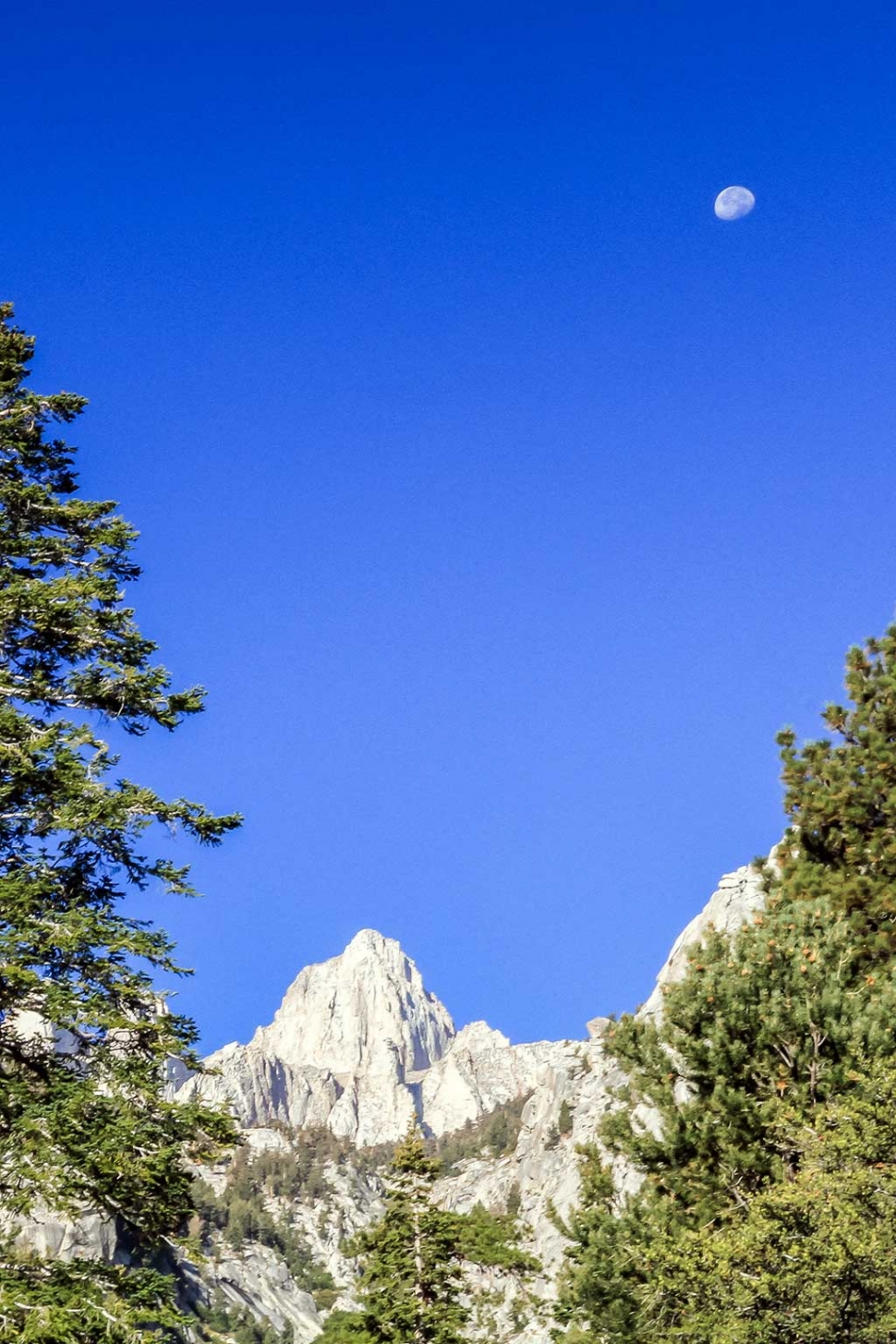 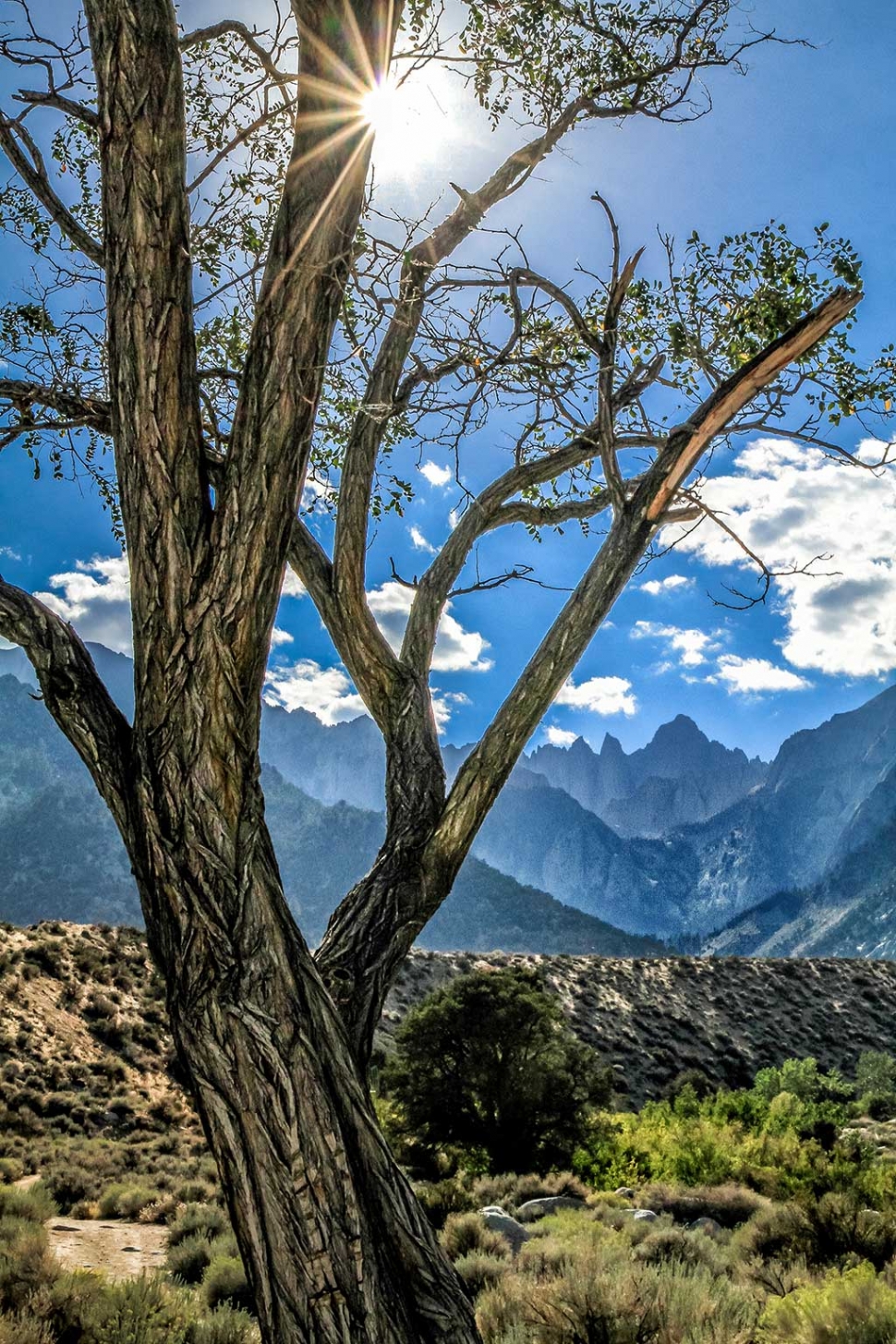 As you read this, I am in Reno, NV cat sitting my daughter's felines while she's in New Zealand. While here, I'm hoping to get to photograph Lake Tahoe... the most photogenic lake west of the Monongahela River. So far, the prospects are dismal. Cold, windy, totally cloudy every day since I got here. Stay tuned. Due to my travels, this week's column will take a different turn. Hold on! Fun stuff ahead! Bodie the ghost town for instance. An awesome experience. At first glance, it's overwhelming. So many photo ops. In a space of merely 20 feet I could easily shoot 50 or more compositions from varying perspectives. Light also has a profound effect on the structures because of the colors of the aged wood. I visited Bodie only once. That's not enough. Upon reviewing the images back home on the computer display I saw many photo opportunities missed. I'll go back! Just south of Bodie sits Mono Lake. A nondescript lake at first blush. Most will barely give it a glance as they drive by on Highway 395. But its special features are extremely unique. The attraction of Mono Lake is the tufas (too'-fahs). From the monolake.org website: “Tufa is essentially common limestone. What is uncommon about this limestone is the way it forms. Typically, underwater springs rich in calcium (the stuff in your bones) mix with lake water rich in carbonates (the stuff in baking soda). As the calcium comes in contact with carbonates in the lake, a chemical reaction occurs resulting in calcium carbonate--limestone. The calcium carbonate precipitates (settles out of solution as a solid) around the spring, and over the course of decades to centuries, a tufa tower will grow. Tufa towers grow exclusively underwater, and some grow to heights of over 30 feet. The reason visitors see so much tufa around Mono Lake today is because the lake level fell dramatically after water diversions began in 1941.” Water diverted by L.A. Water & Power. Mono Lake is a magical place. I've been there four times. Going back sooner than later. You never see the same thing twice. The tufa structures are very intriguing due to their composition and shapes. Tufas display varying colors depending on the natural light at any given hour of the day. Colorful at sunrise and sunset and bright white at midday. All of the variables make photographing Mono Lake tufas extremely challenging. Should you decide to go, the greatest concentration of the tufa towers is located at the South Tufa grove just off of Hwy 120 East, at the south end of Mono Lake. You'll need a park pass available at the parking lot kiosk. Don't forget to take a polarizing filter! Caution from monolake.org: “Many first-time visitors to Mono Lake, unfamiliar with the geologic term "tufa" have been known to ask directions to the 'tofu.' Your nearest grocery store or the Mono Market is the best bet.” You've been warned! Until next time, happy photoing! Email comments, suggestions or questions to bob@fillmoregazette.com |
